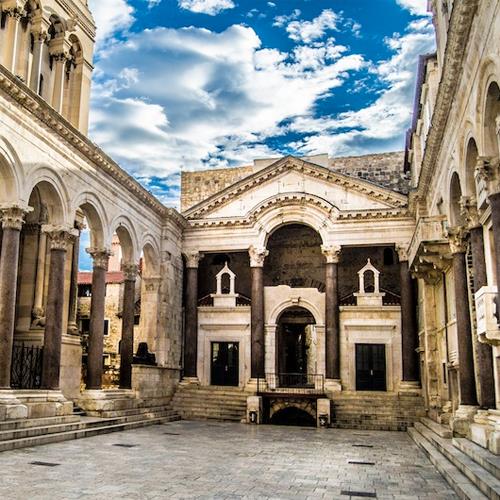August - September
August is the final month of the high season. After the first week in September, many locations transition into the shoulder season. Island village attractions and coastal resorts may only stay open through the end of September, or at the very latest, October. Lines, prices and temperatures will peak in August, and all three will ease up by the middle of September. Rijeka and Zagreb in particular will see elevated chances of rain in September when compared with the rest of the country. Highs and lows will peak in Istria in the mid-80s in August, cooling to the mid-70s in September. Highs will average around 80 in Zagreb in August, but only 70 by September. Zadar cools to the mid-70s in September from the mid-80s in August, and Split and Dubrovnik`s highs will retreat into the upper 70s in September, from a peak of upper 80s to near 90 in August.
Holidays and Festivals:
August 5 - Victory and Homeland Thanksgiving Day and the Day of Croatian defenders (Dan pobjede i domovinske zahvalnosti i Dan hrvatskih branitelja), commemorating the day Croatian forces overtook Serb troops in the city of Knin in 1995, a decisive win in the battle for Croatian independence. Observances occur throughout the country but are most poignant in Knin. National holiday in Croatia.
August 15 - Assumption of Mary (Velika Gospa). Processions are held throughout the country, and many pilgrims head to shrines dedicated to the Virgin Mary, such as the one in Sinj in Dalmatia. National holiday in Croatia.
Late August to early September - Days and Nights of Diocletian (Dani i noci Dioklecijana), Split. Split celebrates its Roman roots by holding public events in which people dress up in Roman garb and conduct historical re-enactments.
September 5–9 - Outlook Festival, near Pula. A large bass music (post-dubstep) festival in a Roman fort.


